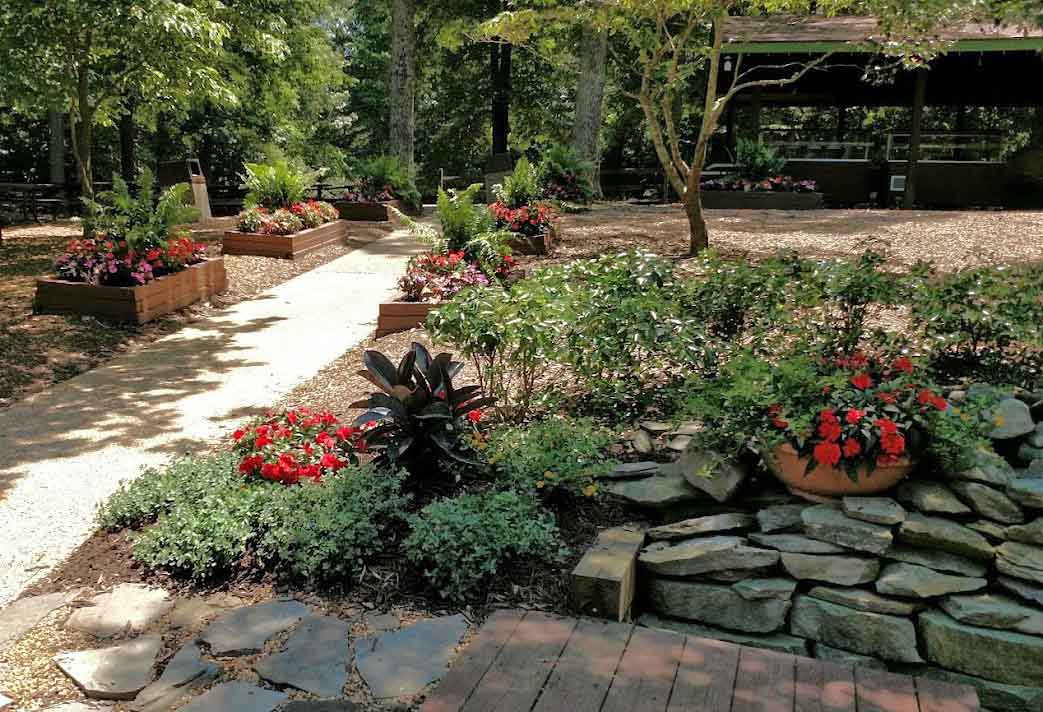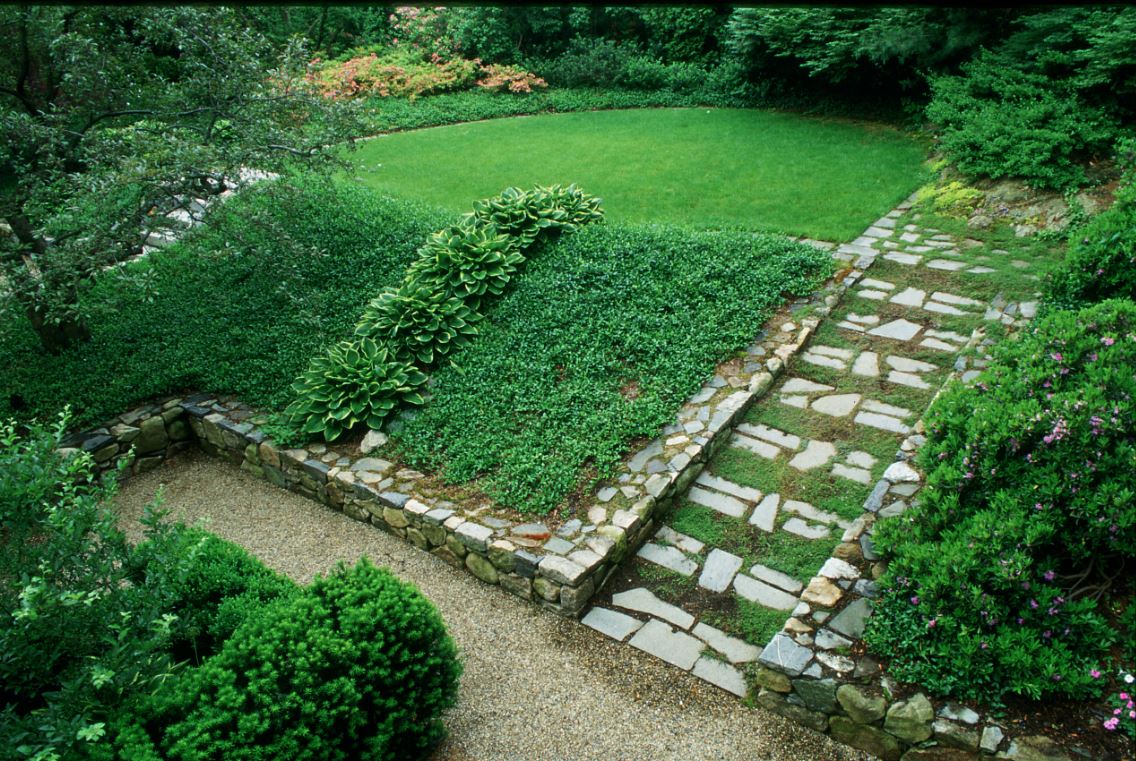Gardening can be a peaceful and rewarding hobby, but for busy individuals, the upkeep required can sometimes feel overwhelming. However, maintaining a beautiful garden doesn’t have to be time-consuming or exhausting. With the right approach and some clever tips, you can enjoy the beauty of nature without sacrificing your limited time. Low maintenance gardening is all about choosing the right plants and techniques that reduce the time spent on upkeep, while still allowing you to enjoy a flourishing garden.

In this article, we will share some practical low maintenance gardening tips that can make your gardening experience much more enjoyable. These tips focus on selecting easy-care plants, minimizing the need for constant attention, and using efficient gardening tools. By following these strategies, you can create a garden that thrives with minimal effort, giving you more time to enjoy the fruits of your labor.
Choose the Right Plants for Low Maintenance Gardening
Selecting the right plants is key to a successful low maintenance gardening strategy. Opt for native plants or those that are well-suited to your climate. Native plants are adapted to the local environment, which means they typically require less water and care. These plants are resilient, drought-tolerant, and can thrive in a variety of conditions, making them an excellent choice for busy gardeners.
In addition to native plants, consider selecting perennial plants. Perennials come back year after year, eliminating the need for replanting each season. With perennials, you’ll enjoy a consistent display of flowers and foliage without having to replant them every year. These low-maintenance options will save you time, effort, and resources while still offering beauty to your garden.
Use Mulch to Reduce Weeding and Watering
Mulching is one of the easiest and most effective ways to reduce maintenance in your garden. A good layer of mulch helps retain moisture in the soil, reducing the need for frequent watering. It also helps suppress weeds, meaning you’ll spend less time pulling unwanted plants from your garden. Mulch works by blocking sunlight, preventing weeds from germinating and thriving.
Organic mulches, such as wood chips or straw, not only reduce maintenance but also improve soil quality as they decompose. Over time, they enrich the soil, promoting healthier plants and reducing the need for additional fertilization. This simple step in low maintenance gardening can make a big difference in the amount of time and energy required to maintain your garden.
Opt for Low Watering, Drought-Tolerant Plants
Watering can be one of the most time-consuming tasks in gardening. To reduce this chore, choose drought-tolerant plants that require less frequent watering. Succulents, cacti, and other xerophytes are excellent options that thrive with minimal water. These plants have adapted to survive in dry conditions and often only need to be watered occasionally, even in hot weather.
Additionally, consider installing a drip irrigation system. This system delivers water directly to the plant roots, minimizing water wastage and reducing the amount of time you need to spend watering. By combining drought-tolerant plants with a smart irrigation system, you can create a garden that thrives with minimal effort and maintenance.
Prune Regularly to Keep Your Garden in Shape
While pruning may sound like a time-consuming task, it’s actually an essential part of low maintenance gardening. Regular pruning helps maintain the shape of your plants, encourages healthy growth, and prevents overgrowth. By trimming dead or damaged branches, you reduce the risk of diseases and pests that could harm your plants. This will save you time and effort in the long run, as well-maintained plants are less likely to require extensive care.
Prune plants when they are dormant or after they’ve finished blooming to avoid damaging the plant. Use sharp tools and make clean cuts to ensure proper healing. Regular pruning will not only keep your garden looking tidy but will also reduce the need for additional care down the line.
Create a Low Maintenance Lawn
If you love having a green lawn but don’t have the time to maintain it, consider switching to a low maintenance grass variety. Some types of grass, such as buffalo grass or zoysia, require less mowing, watering, and fertilizing than traditional turf grass. These varieties are drought-tolerant and can grow well without excessive care, making them ideal for busy gardeners.
Another option is to reduce the size of your lawn and replace parts of it with ground covers or ornamental grasses. These alternatives often require less attention than traditional grass and can add variety and texture to your garden. By minimizing your lawn space, you’ll spend less time on mowing and lawn care while still enjoying a green and inviting garden.
Use Automatic Garden Tools to Save Time
Technology has made it easier than ever to reduce the time and effort spent on gardening. Automatic tools such as robotic lawnmowers, automated sprinklers, and battery-powered leaf blowers can save you significant time and effort. These tools handle repetitive tasks, allowing you to focus on more enjoyable aspects of gardening.
For instance, a robotic lawnmower can mow your lawn while you relax or do other tasks. Automated sprinklers can ensure your plants get the right amount of water without you needing to manually water them every day. These time-saving devices are great additions to any low maintenance gardening routine, helping you to keep your garden looking great with minimal effort.
Plan for Low Maintenance Gardening from the Start
One of the most effective ways to ensure your garden remains low-maintenance is to plan ahead. Choose a design that incorporates easy-care plants, paths, and structures that minimize upkeep. For example, creating raised beds or using ground covers can help reduce weeding and soil maintenance. Additionally, plan your garden with proper spacing to prevent overcrowding, which can lead to more maintenance.
By considering your garden’s needs from the beginning, you can minimize the time and energy required to maintain it. Planning a garden with a focus on ease and efficiency will give you more time to enjoy its beauty without constantly working on it. A well-thought-out garden will be a low maintenance gardening dream come true.
Conclusion, With the right plants, tools, and techniques, low maintenance gardening is within reach for even the busiest gardeners. By choosing the right plants, incorporating mulch, using efficient irrigation systems, and utilizing technology, you can create a garden that looks fantastic without requiring a lot of time or effort. Embrace these low maintenance gardening tips and enjoy a flourishing, beautiful garden that fits seamlessly into your busy lifestyle.


